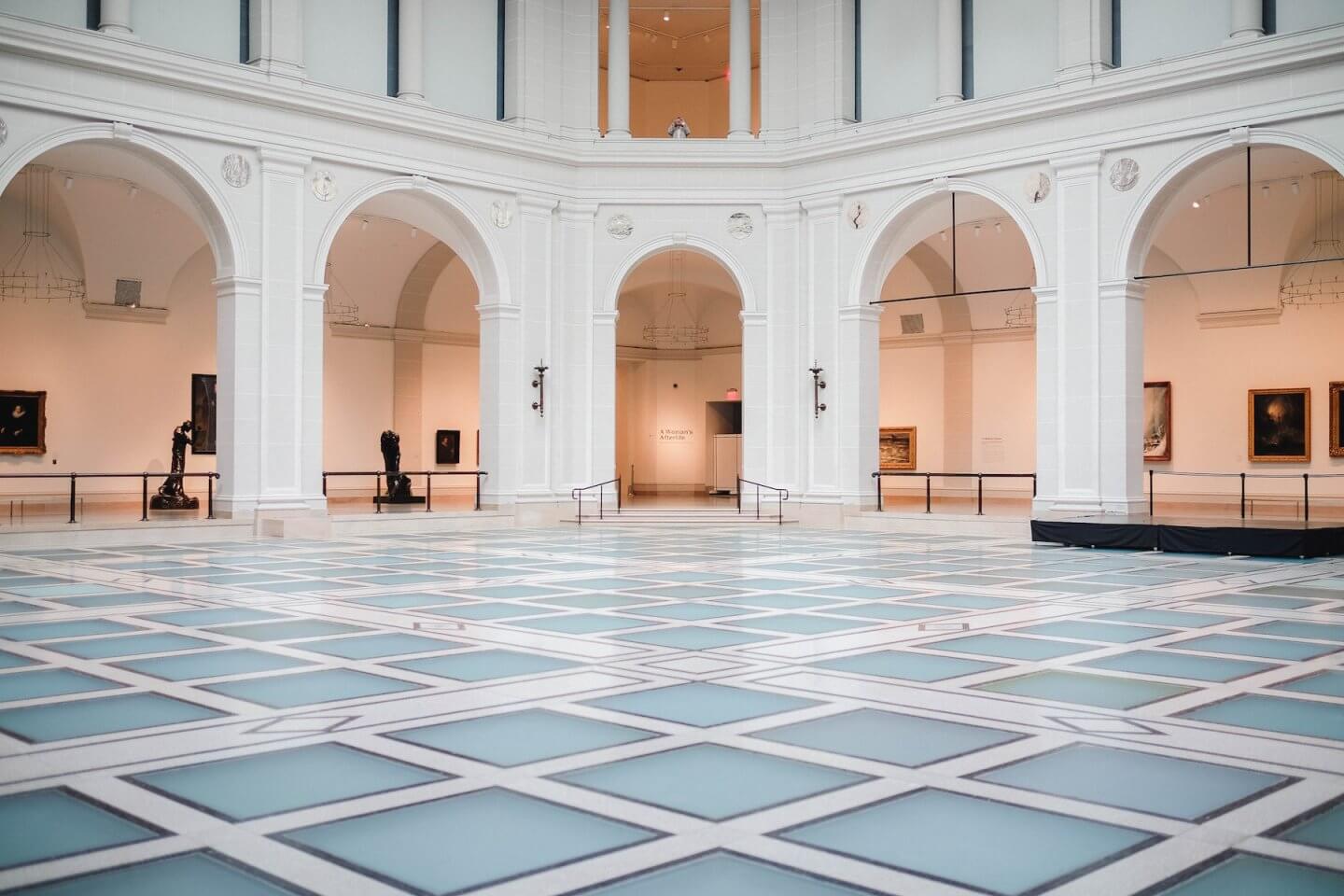
UNESCO recently launched its report on museums vs COVID-19 which is the result of an in-depth international survey of museums, culture professionals and Member States about the impact of COVID-19 on the museum sector.
90% of museums have closed their doors during the COVID crisis and, according to the International Council of Museums (ICOM), more than 10% may never reopen. Although it does also note that the number of museums has grown by 60% to around 95,000 in 2020 compared to 2012.
However, these institutions are not evenly distributed, with 65% of them located in North America and Western Europe, 34% in Eastern Europe, Latin America and the Asia-Pacific states, but only 0.9% in Africa and 0.5% in the Arab States region.
Only four countries had more than 5,000 museums, namely Germany, Japan, Russian Federation, and United States of America. Surprisingly, China ranked in the 1001 to 2,000 band. Even more interesting was the density of museums per million of inhabitants. Here, four countries with less than 100,000 inhabitants ranked highest with more than 100 museums (namely Niue, Andorra, San Marino, and Monaco) and nine with more than 100,000 inhabitants (Iceland, Montenegro, Georgia, Malta, Estonia, Switzerland, Norway, Mongolia, and the United States of America). Given the size of China’s population perhaps it is unsurprising that it ranks low on this indicator with less than 1 museum per million inhabitants.
The strategy of museums vs COVID-19 has meant taking content online but here a digital divide is revealed across regions, with only 5% of museums in Africa and the Small Island Developing States (SIDS) able to comprehensively post content online.
There were five main ways in which museums developed digital activities during lockdown: using previously digitised resources; digitisation of planned activities during the months of lockdown; increased activity on social media; special activities created for lockdown; and professional and scientific activities organised in the context of lockdown.
Museums have always been able to reinvent themselves and adapt to changes in society. This report indicates that they are already rethinking their operations and their relationship with the public in order to move forward and survive post- COVID-19, mainly led by “large museums”.
